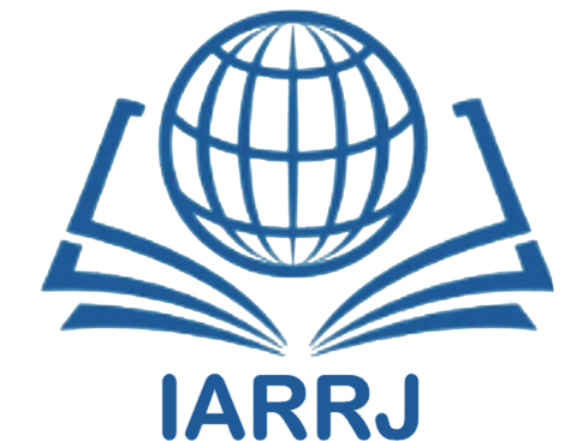INTERNATIONAL JOURNAL OF INNOVATIVE RESEARCH
ISSN 4462 – 0321
Published August 04, 2025
Volume 9 Issue 7 July, 2025
Abstract
This study analyses the strategic development of Nigeria’s two foremost e-commerce platforms, Jumia and Konga, emphasising their business model adaptations and supply chain advancements from 2018 to 2024. This research identifies essential strategic adaptations that have facilitated these platforms in navigating Africa’s challenging e-commerce landscape through a thorough analysis of financial reports, industry data, and operational developments. The study shows that both companies have made big changes to how they do business. Jumia has focused on cutting costs and bringing the market together, while Konga has focused on integrating all of its channels and improving its technology. The results show that for e-commerce to work well in Nigeria, businesses need to use a mix of digital innovation, physical infrastructure, strong payment systems, and flexible logistics networks. The research enhances comprehension of e-commerce development in emerging markets and offers guidance for strategic management in difficult operational contexts. Results show that both platforms were able to improve their operations despite problems with their infrastructure. They did this by focussing on strategy, adopting new technologies, and coming up with new ideas that put customers first. However, both Jumia and Konga has achieved profitability through their hybrid model.
Keywords: E-commerce, Supply Chain Management, Business Model Innovation, Digital Transformation, Nigeria, Operational Excellence, Strategic Management
Citation: Ufere, C.M (2025). Strategic E-Commerce Management and Operational Excellence: Jumia and Konga’s Business Model Evolution and Supply Chain Innovation in Nigeria. International Journal of Innovation Research, Vol 9 Issue 7, pg 1-11. doi.org/10.35870/ijir/2025/v9/i7/jul31470
